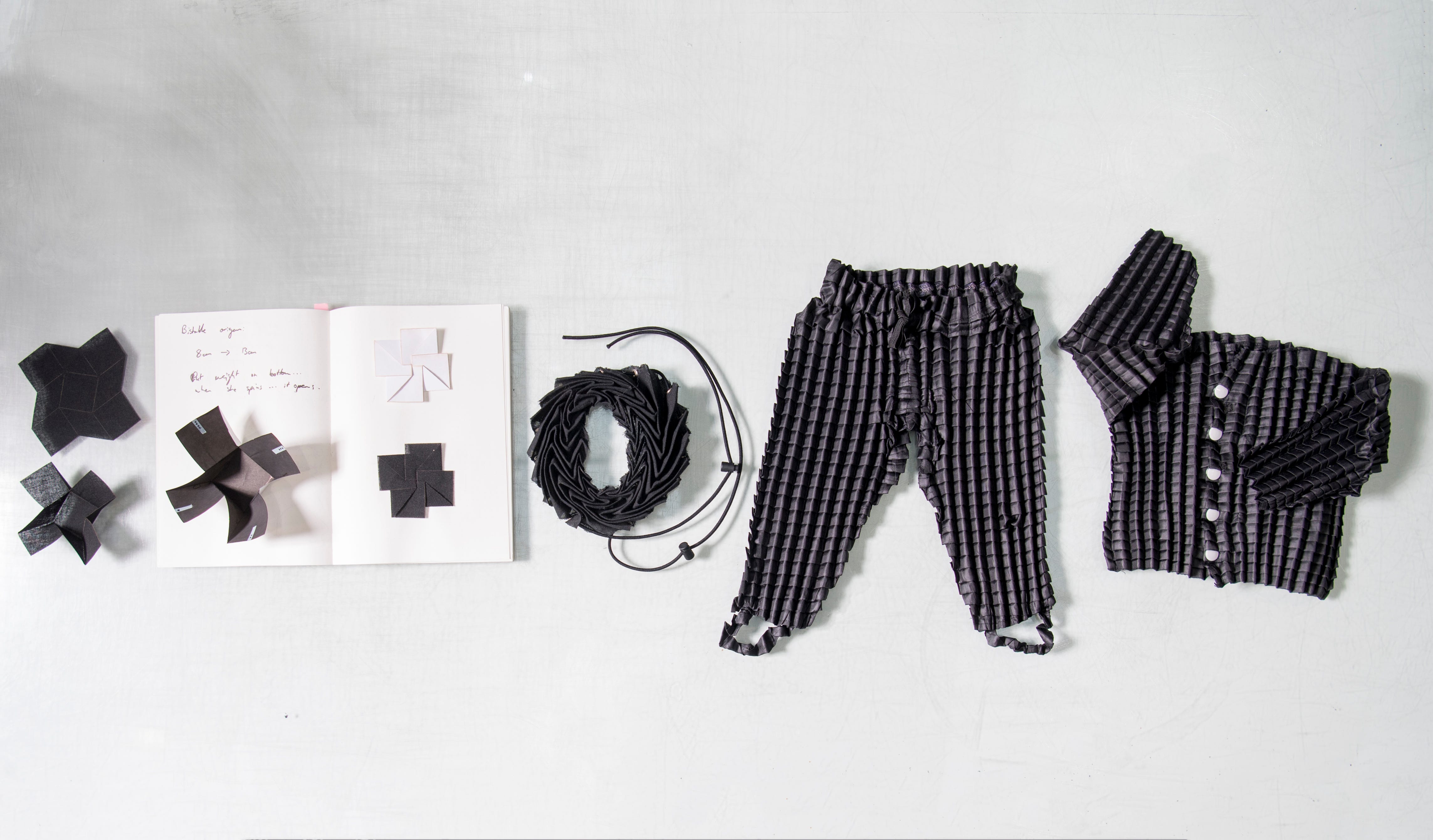Why Clothing That Expands Can Reduce Landfill Pollution
Children's clothing is seeing innovative sustainable solutions
One of the biggest problems with preventing pollution is controlling clothes landfills. Cloth related garbage dumps are the most menacing problem facing human kind today.
It has become a challenge to keep unused and even fresh garments or textiles out of landfills. As fashion changes rapidly, people's desire to up thier fashion and therefore dispose off clothes that are not even worn twice, is a sad situation.
But most countries worldwide are faced with this challenge. There are now designers that are trying to make use of shreds or old fabric to create something new. The buzz word doing rounds is 'sustainable fashion'.
But the challenge is worst when it comes to facilitating for children's fashion. Their sizes continue to change as they grow their maximum between the age of 5-12 years.
In order to address this situation, a company has now come out of a novice idea.
Petit Pli is one such company that has designed fabric inspired from the concept of Japanese origami, that just stretches as your child grows along. What makes the clothes adjust to a child's growing years is the basic construction of the garment itself. But for the London based Petit Pli company, it has been deconstruction at the level of the fabric itself.
Founded in 2017 by aeronautical engineer Ryan Mario Yasin, the brand has developed a sustainable, engineered fabric that can expand up to . The technical material is made from recycled fabrics, and the width and length follow the child’s growth pattern. These clothes, which can be recycled, are lightweight, rainproof and ripstop—meaning they are reinforced to remain durable.
Fast fashion is indeed hurting the planet in unprecedented ways. It is one of the biggest contributors to carbon emissions (amounting to almost 10percent), dries up river bodies and chokes land bodies. Some garments which are not made of sustainable breathable fabric are difficult to mix with soil, making it impossible for them to disintegrate in landfills for many years together.
Almost 85% of all textiles go to the dump each year. And washing some types of clothes sends thousands of bits of plastic into the ocean.
f creating a line of expandable clothes that can be worn for almost 4 years, saving parents a lot of money.
Additionally, it prevents a lot of new clothing from not landing up into landfills.
Such innovations will help in changing a mindset of consumerism; but its a long winding road ahead, unless people themselves do not put a stop to their desire to hoard and shop.

Comments
Post a Comment